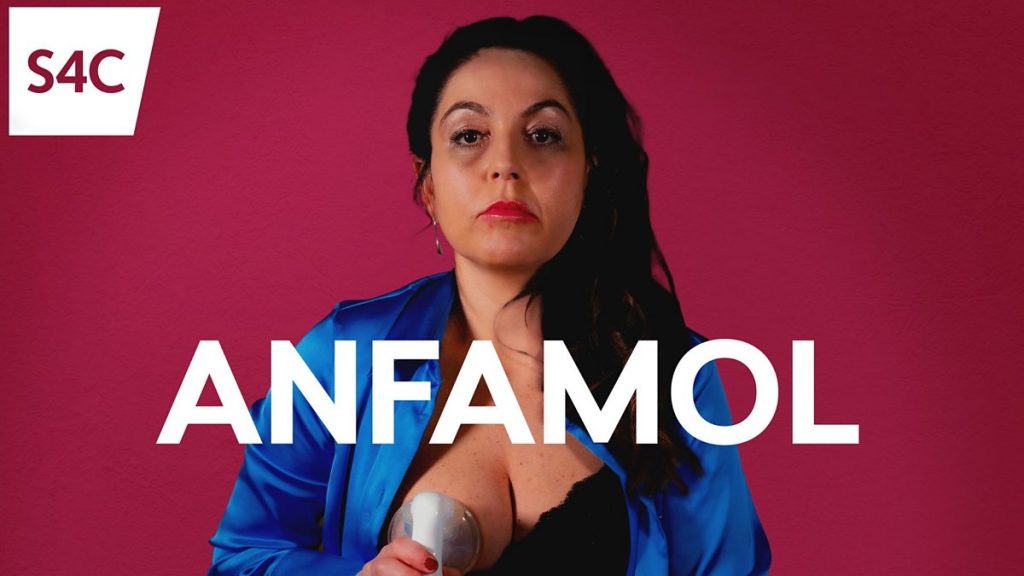
 (4 / 5)
(4 / 5)
A Welsh adaptation of Fleabag seems quite superfluous in the face of Anfamol’s success. For this is a production that takes the best of Phoebe Waller-Bridge’s comedy and turns it into something original. First conceived as a stage play, the critical acclaim which it received has seen Rhiannon Boyle now adapt it for the screen. She has taken the frank, witty, dark and direct elements of her monologue and traversed them into a script that is punchy and pointed, hilarious and harrowing. The result is a five-part series that injects S4C’s schedule with something that is vivaciously fresh. Boundary-pushing at its best.
Bethan Ellis-Owen reprises her role as Ani, a forty-something single woman looking to become a mother on her own terms. Ellis-Owen brings a subtle sharpness to her emotions; able to portray dogged determination and inner brokenness with apposite aplomb. Her knowing side-looks to camera borrow unashamedly from Waller-Bridge; while the addition of fantasy sequences, particularly with exotic sperm donor Estevez, offer the kind of quirky aside that feels distinctly Welsh. (Think Parch or Enid a Lucy). There is a dark side to such visions however. For alongside the comic that, in part, comes from its overtness to sex and unabashed portrayal of the fertility process is the devastating effects of postnatal depression and the exacting reality of life as a single mum. Ellis-Owen manages to navigate these emotional shifts with ease; and in doing so, presents to us a character that is highly empathetic, and authentic in every way.

She is joined by a stellar support cast, of which Sara Gregory is the most prevalent. Playing Nia, a kind of nemesis to Ani, Gregory brings a chic strength to her character that cleverly masks a hidden life of sadness and despair. While publicly portraying herself as “Blueprint Mother” online, privately, Nia is struggling. Her birth-plan goes out the window; her marriage is distant, husband absent; and when Ani trolls her online, her success as an online blogger is left in tatters. But along with Ani’s seemingly perfect sister (played by Lowri Gwynne), the drama comes to a point where perfection is extinguished as a myth and vulnerability is celebrated in all its f***ed-up glory. Sticking two fingers up to the chauvinistic, infantile male sex at the same time, it becomes a powerful and thought-provoking piece on feminism, motherhood and mental health in the present age.
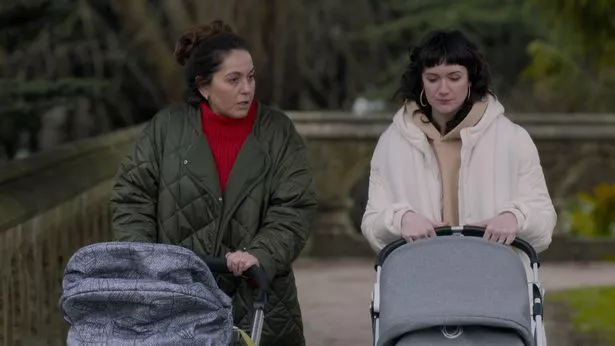
Anfamol continues S4C’s excellent batch of female-led dramas whilst offering something very different to what has come before. And though it may feel derivative of Fleabag, it is by no means a copy of it. It has its own distinct subject matter and significant narrative to tell.
Click here to watch the series.
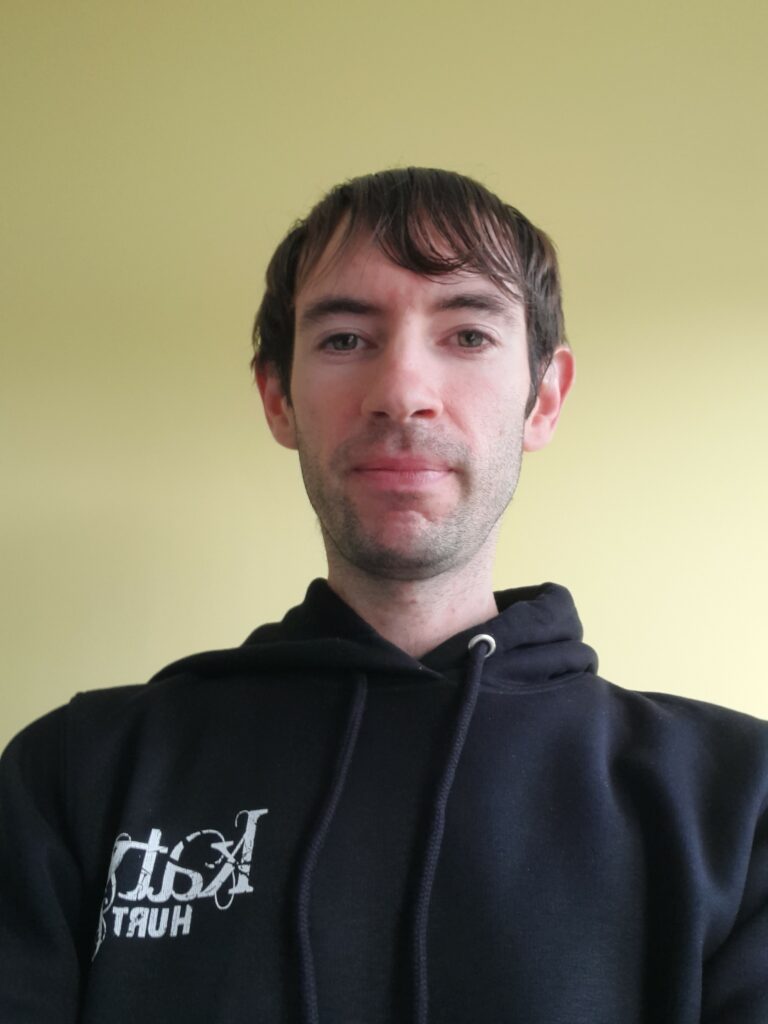
Gareth Williams

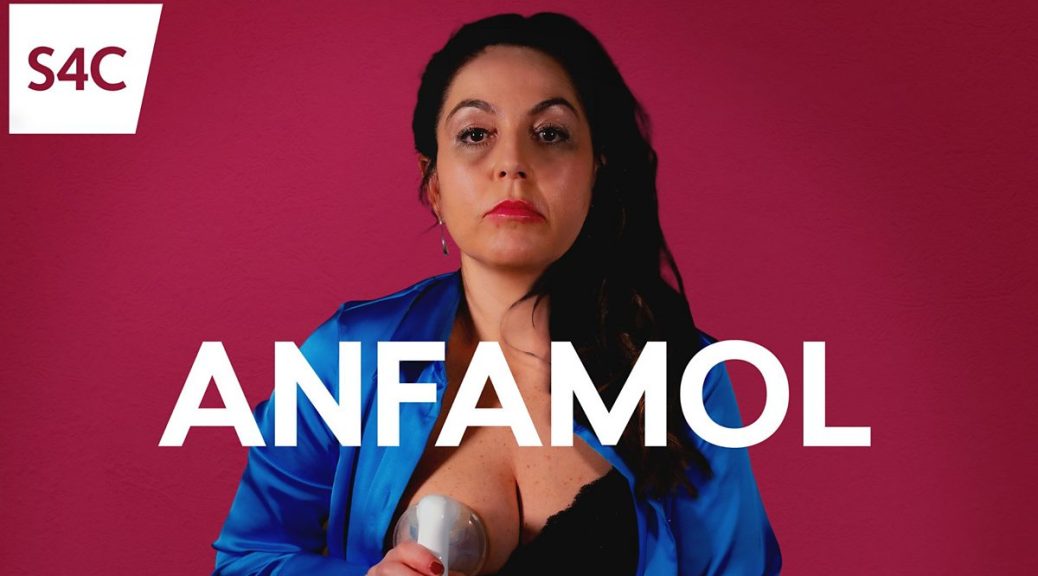
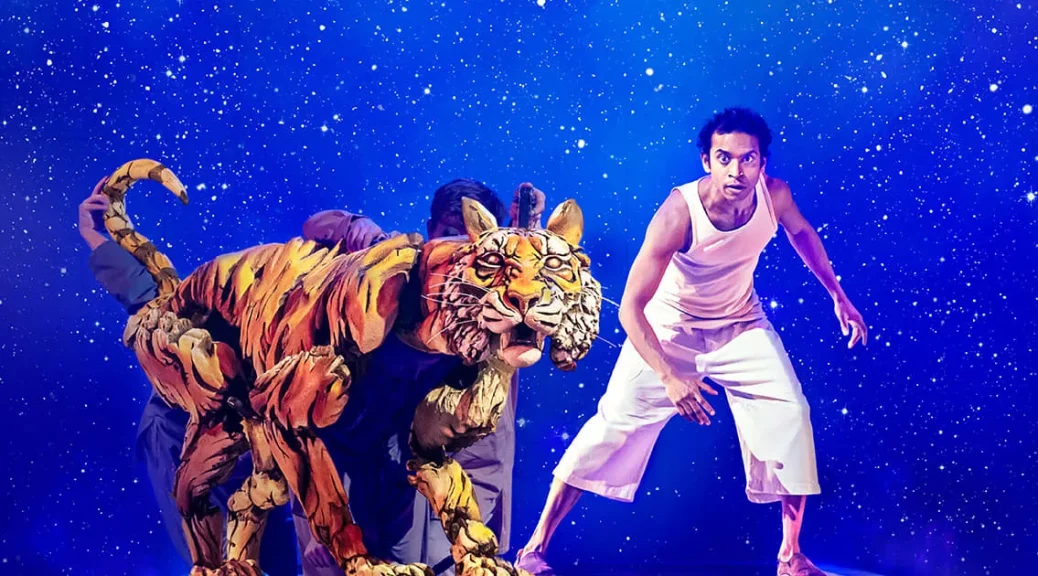
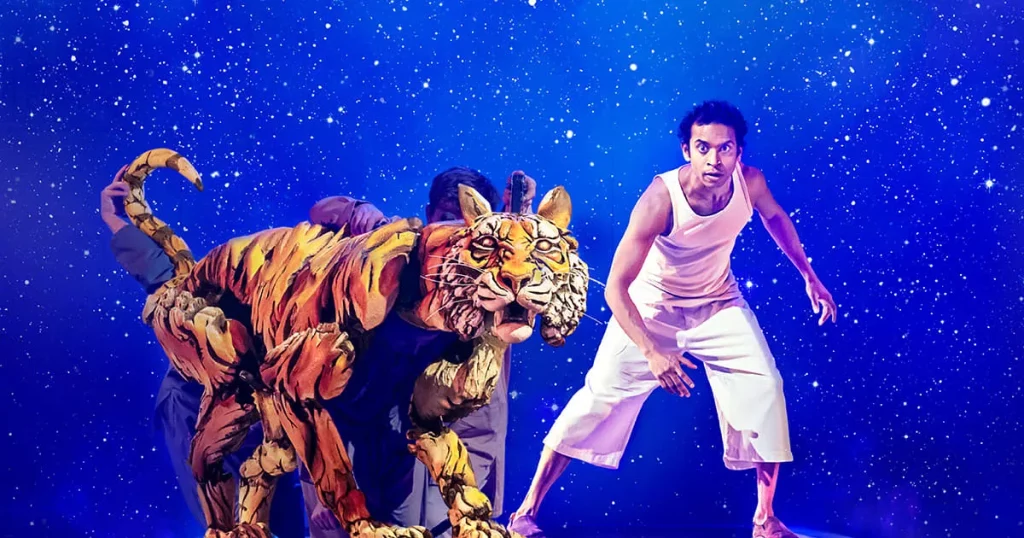
 (3 / 5)
(3 / 5)
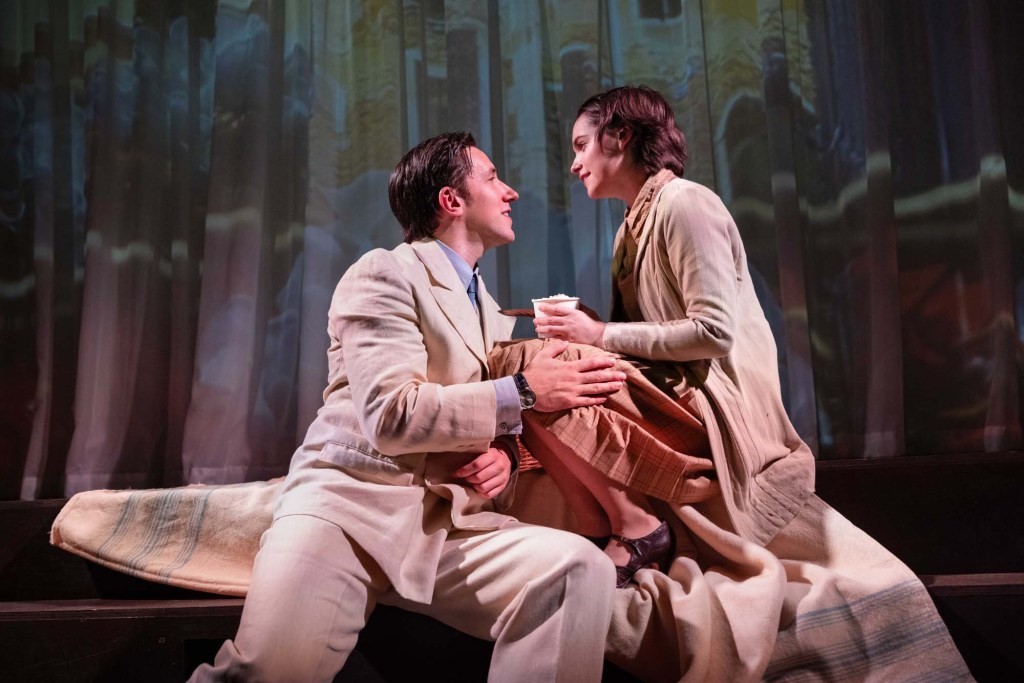
 (2 / 5)
(2 / 5)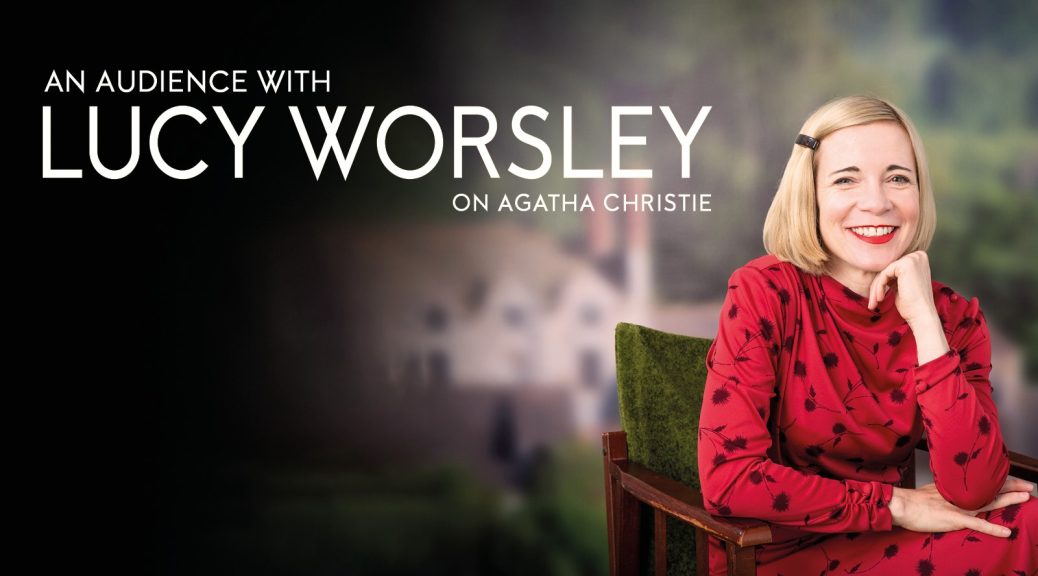
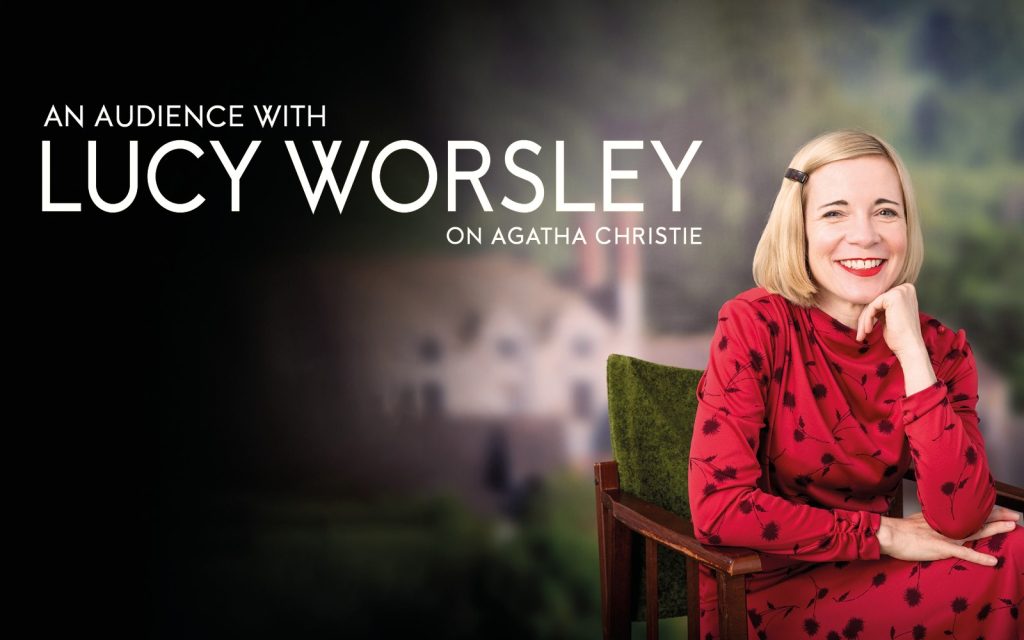
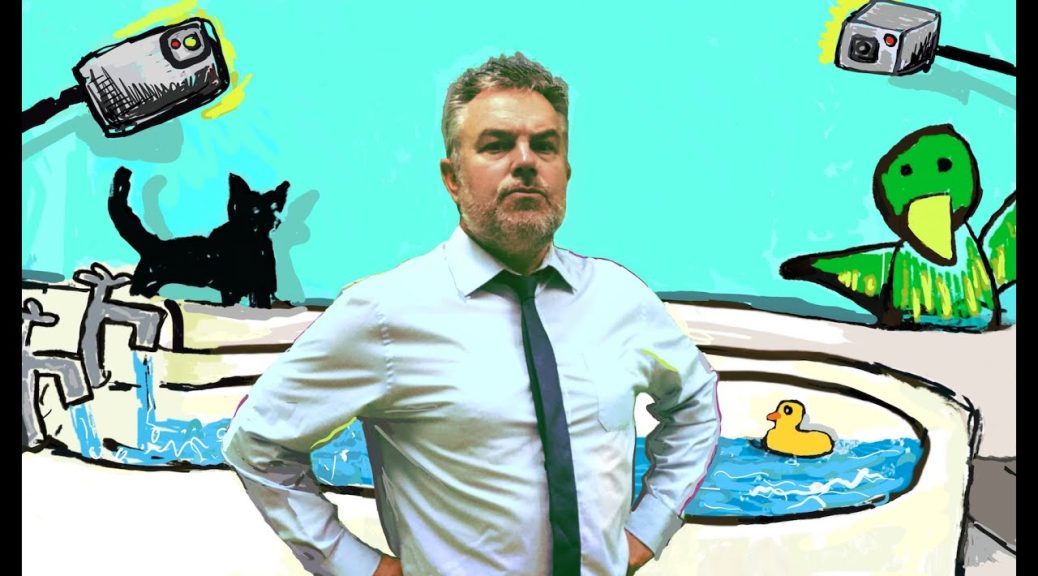
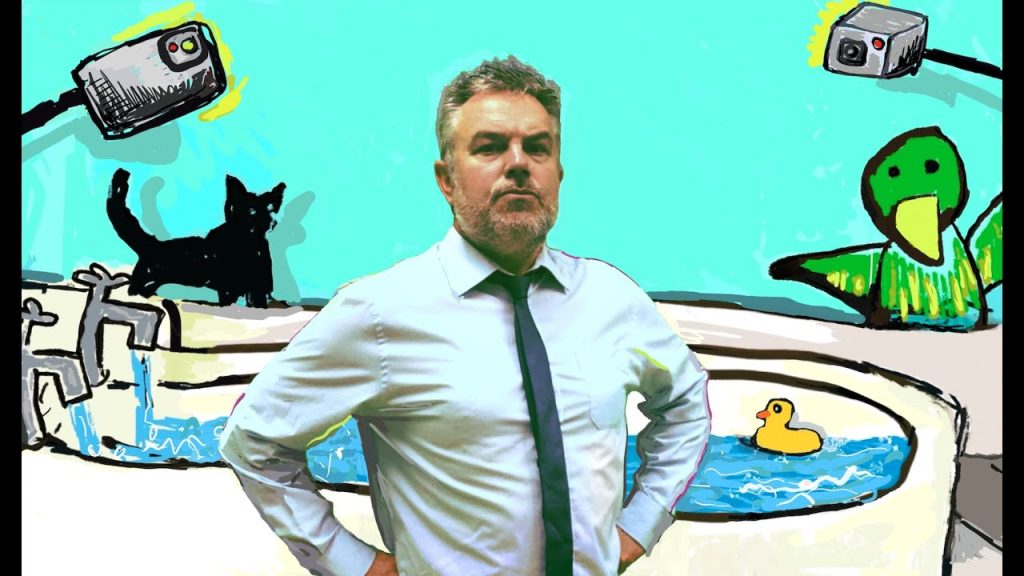
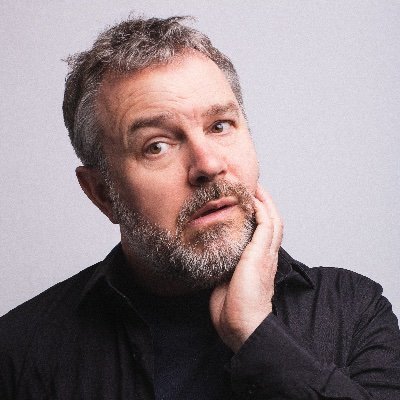

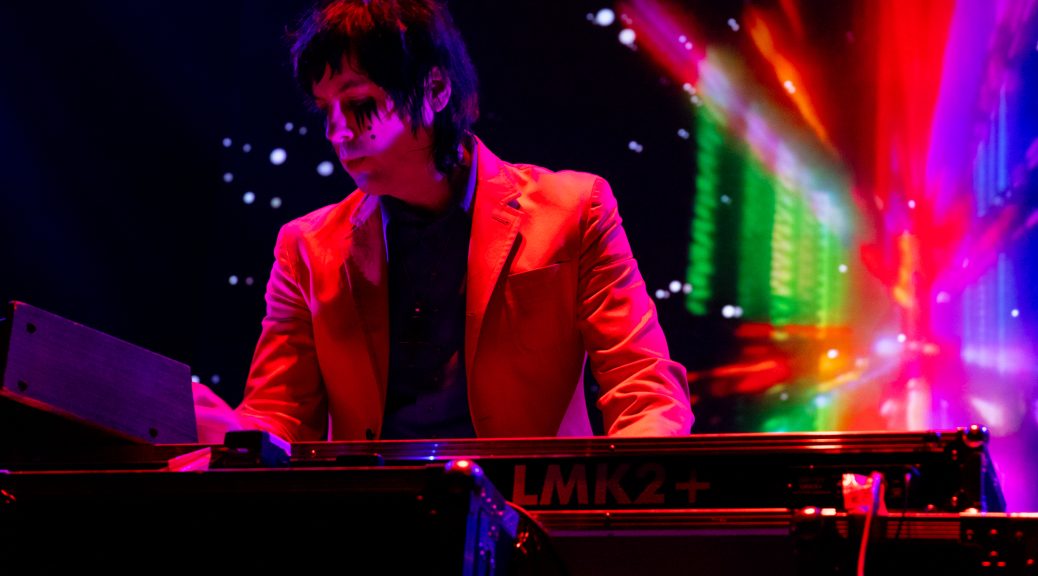
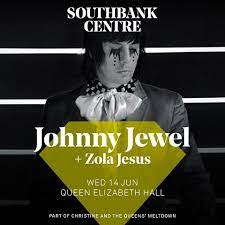
 (5 / 5)
(5 / 5)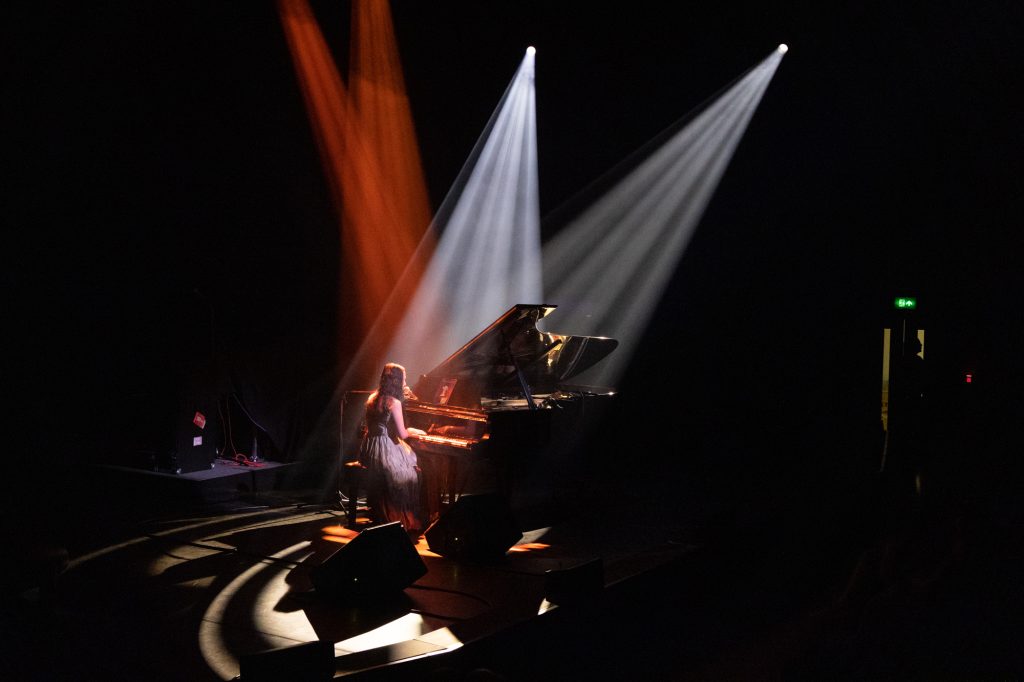

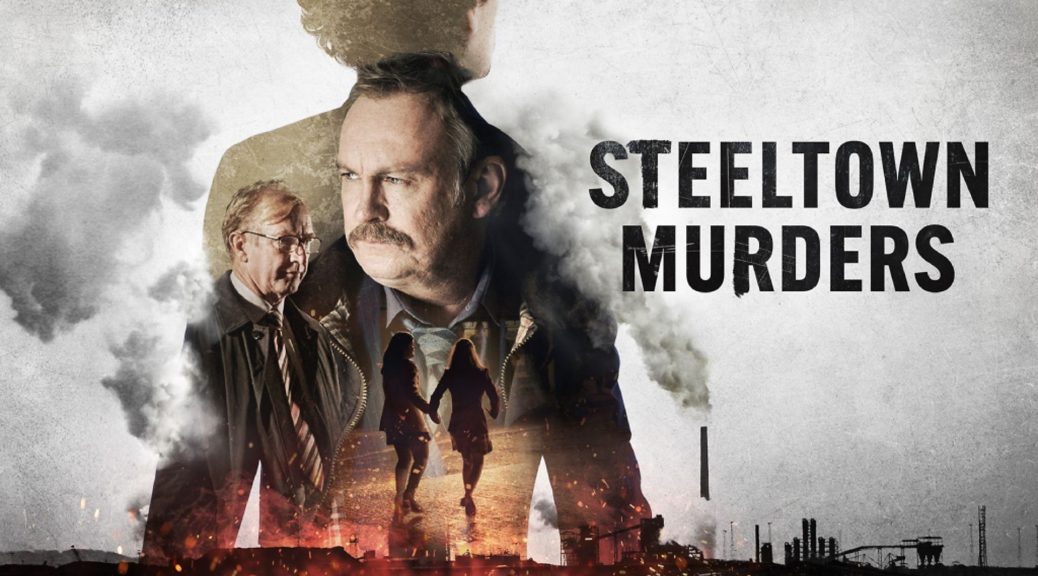
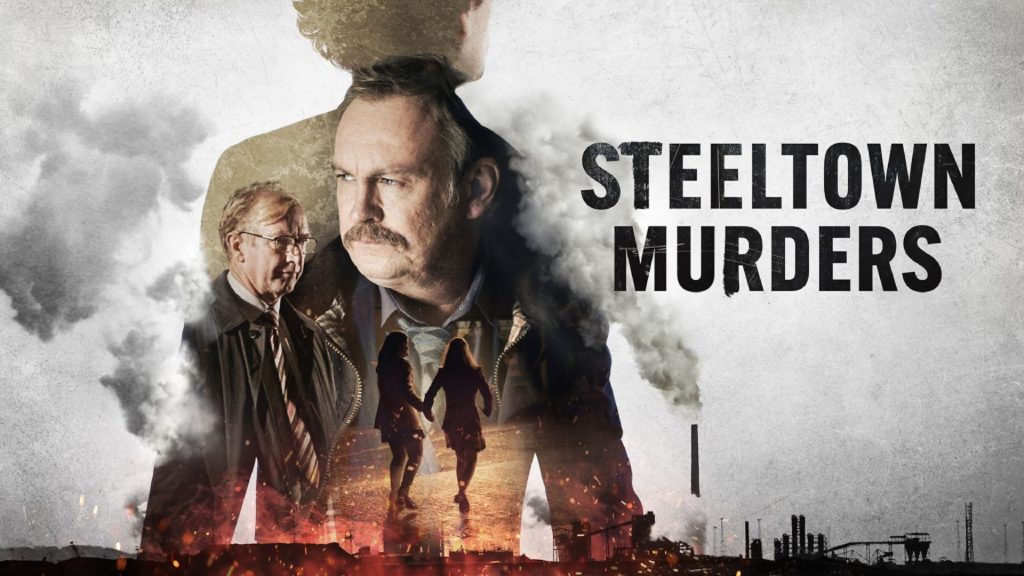


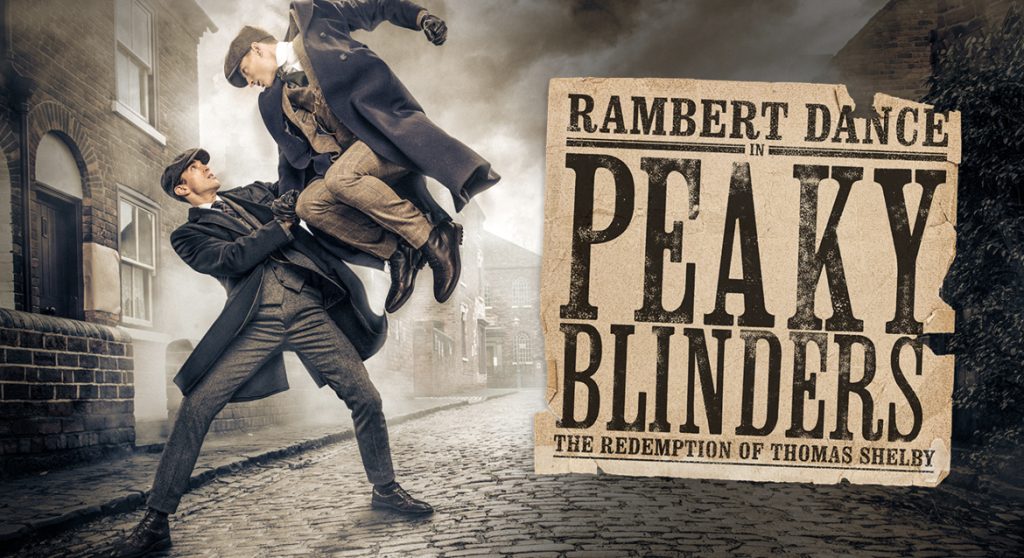
 (3.5 / 5)
(3.5 / 5)